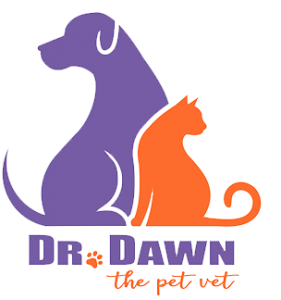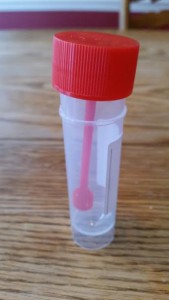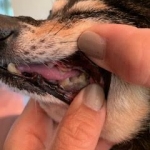A significant portion of what I do involves evaluating fecal samples. We veterinarians gather much information from this stuff. We are not alone, actually, in our fascination with it. I recall a class trip to a nature center, where a “Scat” display demonstrated various animals and their corresponding “samples”, enabling a hiker or camper to know, when to run the other way if they stumbled upon, say, bear scat, instead of raccoon, or rodent evidence.
Veterinarians are detectives as well, in this regard. We are looking for clues to what may be lurking in your dog or cat’s body. Namely, the gastrointestinal tract. Parasites and microorganisms that don’t normally live there can wreak havoc on their bodies, and by extension, your quality of life, if things progress to “carpet cleaning status”. There are zoonotic issues as well, which means that there are certain diseases that your pet can pass onto you and your family if the right circumstances allow it. So this can be pretty important stuff.
As a result, we are often in the position of accepting samples collected by you. My public service announcement for this week is to guide you on how, and how not, to submit this valuable little nugget of information.

We need somewhat fresh samples, in that it should not be rock solid and in need of a jackhammer to dislodge an appropriate size to send to the lab. The size only needs to be as big as a chick pea, or a small olive. This picture shows the scoop size we need.
Next, place it in a
 small container either provided to you by your veterinarian, or in something that you hope to never get back again. Meaning, not in your favorite tupperware. Hopefully the device above looks familiar to you. Seems simple enough right? Turns out that people are quite creative in how much, and how cleverly, they transport this stuff to us. There is even a book about it, and I have permission from the author to share some images. They are “actual” samples provided, but the “Donor” identities have been protected. I think that they are humorous. I hope you agree.
small container either provided to you by your veterinarian, or in something that you hope to never get back again. Meaning, not in your favorite tupperware. Hopefully the device above looks familiar to you. Seems simple enough right? Turns out that people are quite creative in how much, and how cleverly, they transport this stuff to us. There is even a book about it, and I have permission from the author to share some images. They are “actual” samples provided, but the “Donor” identities have been protected. I think that they are humorous. I hope you agree.
No you do not need to dump the entire litter box into a large trash bag. We get that you didn’t want to get too close to it. Even though we have protective gloves, it is, arguably, even less fun to sift through a bag of litter than a litter pan.
And, lets remember the the chick pea reference…
Ok, this is better, but it forever may change your enjoyment of a cup of Joe.
Yes, we are all excited that you got the sample. It is, in fact, a cause for Joy and Cheer now!
Here is where you might get into dangerous territory. Am I the only one who sees how a brown chocolate egg might be easily confused with, say, another brown colored object?
It might not be such a Merry holiday if someone inadvertently found this under the Christmas tree.
I hope you found this information useful.
Dr. Dawn
Please share and subscribe here











